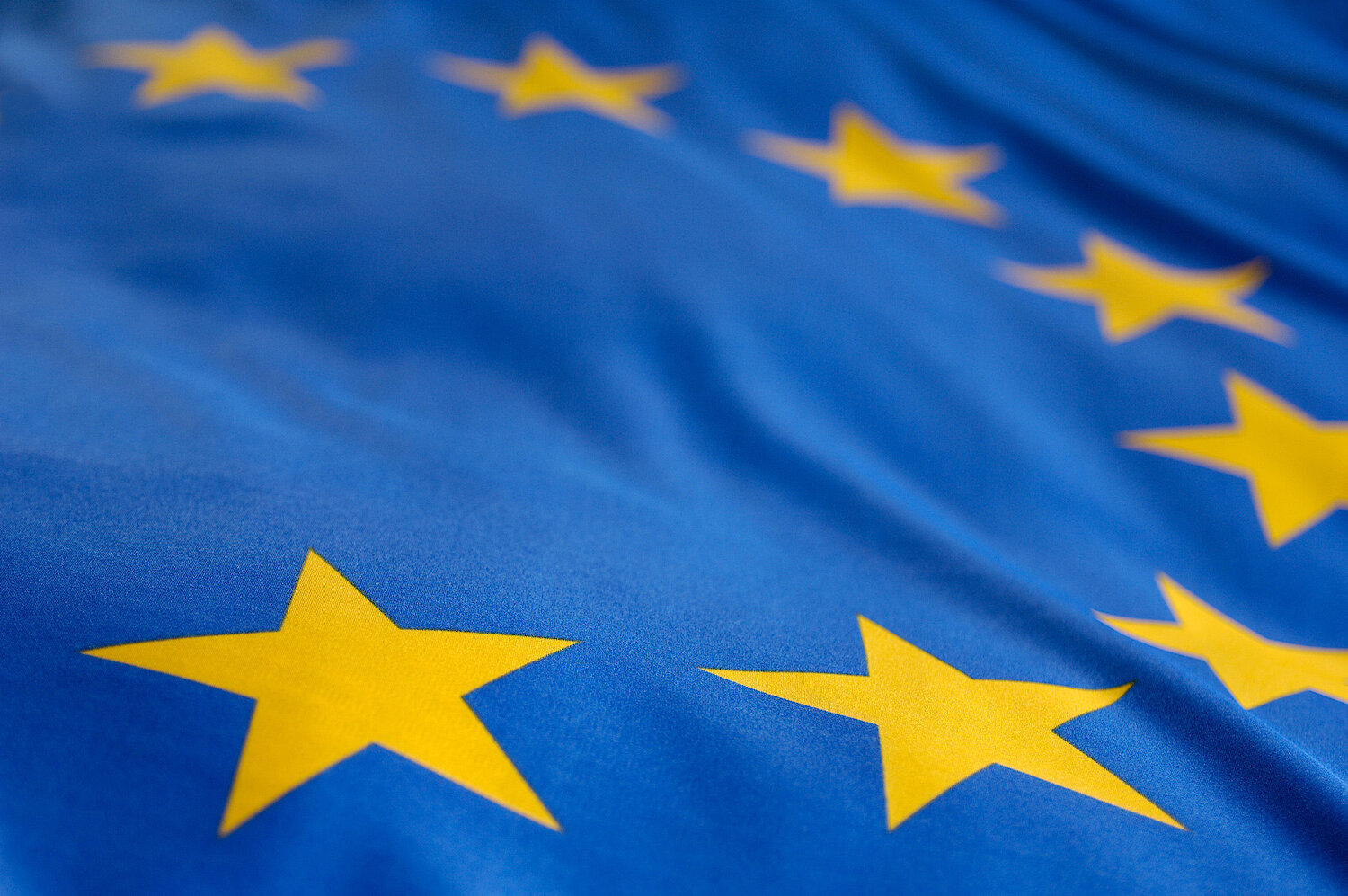Joint action on black carbon in the Arctic
Mapping the policy landscape of national, regional and international action to mitigate Arctic warming

Black carbon – a short-lived climate forcer that arises primarily from wood burning stoves, diesel engines and generators – intensifies climate warming, especially in the Arctic. Reduced emissions can have an immediate positive effect on the climate but coordinated policy action from across the northern hemisphere is required. A new policy landscape report, published by the European Union (EU) funded project Action on Black Carbon in the Arctic, provides an overview of national, regional, and international actions addressing emissions of black carbon and shows how they can benefit from enhanced cooperation between stakeholders and fora.
Impacts of black carbon
The dark particles, more commonly named soot, absorb heat. Emissions of black carbon throughout Asia, Europe and North America warm the atmosphere and this heated air is transferred to the Arctic. Emissions that occur in the Arctic region itself, however, have an even greater regional climate impact because when black carbon is deposited on snow it reduces the ability of snow and ice to reflect the sun’s rays and thereby accelerate melting. Apart from their impact on climate, black carbon particles also contribute to air pollution causing impacts to human health.
Reduced emissions can give positive results in a shorter-term than actions on longer-lived substances such as carbon dioxide, and technical solutions to reduce emissions exist that could be implemented to a greater extent than today. Inventory methods and national reporting of emissions also need to be harmonized and quality assured. This requires a strong capacity build-up and an improved review of reported emissions, the report concludes. The analysis of the available data and established reporting systems for black carbon emissions was jointly led by the Environment Agency Austria (host organisation of the UNECE Air Convention’s Centre on Emission Inventories and Projections, CEIP) and the Finnish Environment Institute (SYKE).
Main findings of the mapping
Reducing black carbon emissions would improve local and regional air quality in the Northern Hemipshere and avoid some of the expected warming of the Arctic in the coming decades. The health benefits are well documented, but there are, however, still significant uncertainties with respect to the effectsof black carbon on radiative forcing. Some of the particles co-emitted with the black carbon may also have a cooling effect through cloud formation.
There are numerous ways to reduce emissions of black carbon. Those with the highest priority provide multiple benefits in terms of reducing air pollution, increasing resource efficiency and reducing the rate of climate change. Developing the knowledge-base and strengthening systematic monitoring and reporting is of high priority to ensure effective policies.
Several actions that strengthen the ability to reduce emissions of black carbon will benefit from supporting activities that bridge policy organisations and areas. Further bridging is beneficial within the Arctic Council and its working and expert groups, between the Arctic Council and the Air Convention, and between numerous national and international policy initiatives.
Links
EU-funded action on black carbon in the arctic (EUA-BCA)
Project partners
Finnish Environment Institute (SYKE)
International Institute for Applied Systems Analysis (IIASA)
